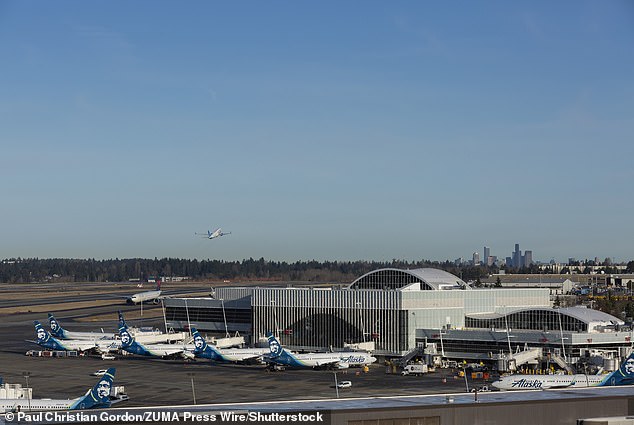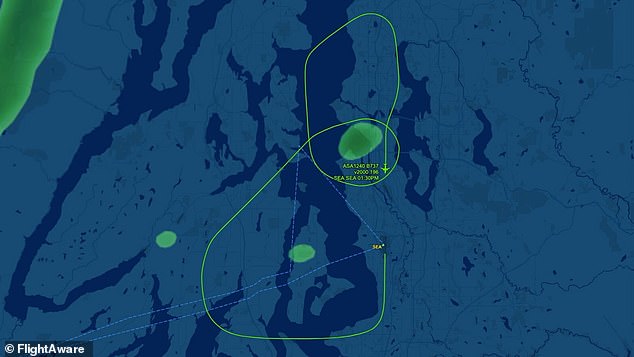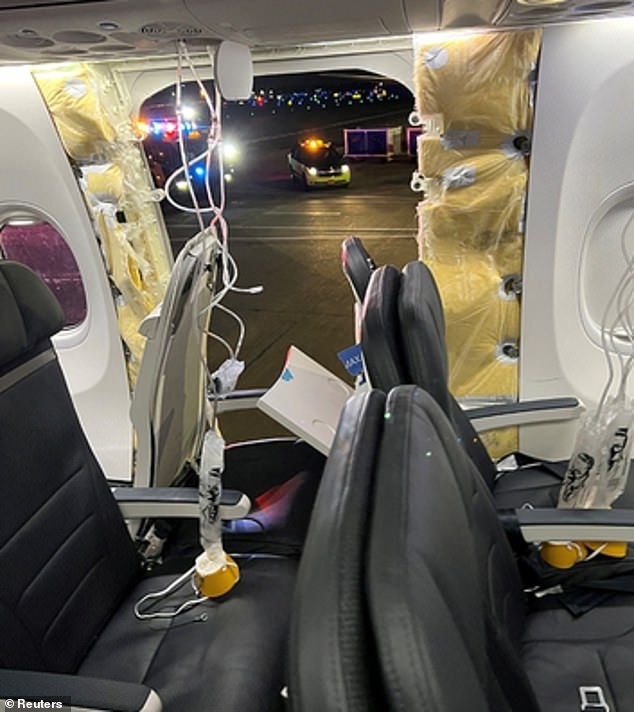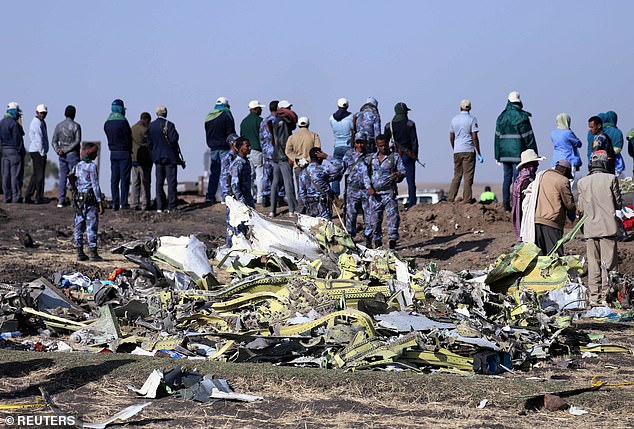Alaska Airlines flight to Oakland forced to return to Seattle after ‘engine issue’
An Alaska Airlines flight bound for Oakland, California, was forced to turn around and fly back to Seattle, Washington, on Sunday due to an engine problem. A passenger reported hearing “a deafening bang.”
The plane, a Boeing 737-700, was en route to San Francisco Bay Oakland International Airport when the crew detected and reported a “possible engine problem.”
Despite the apparent problem, Alaska Air Flight 1240 landed safely at Seattle-Tacoma International Airport around 1:30 p.m. that same day, a statement from the Federal Aviation Administration said.
According to Alaska Airlines, the number one engine on the left side of the plane had failed.
A passenger on the plane, Steven France, wrote about his experience after the ordeal was over. He said, “Immediately after takeoff we heard a deafening bang.”
An Alaska Airlines flight to Oakland, California, was forced to turn around and fly back to Seattle, Washington, on Sunday due to an engine problem.

Alaska Air Flight 1240 landed safely at Seattle-Tacoma International Airport, pictured, around 1:30 p.m. Sunday

Flight radar data shows the plane circled Seattle several times before making its final descent. It was in the air for less than half an hour
In a message on FacebookFrance also confirmed that the plane had lost its main engine.
Flight log data confirms the plane was in the air for less than half an hour, taking off at 1:04 p.m. and landing in Seattle at 1:30 p.m.
Flight radar data shows the plane circled Seattle several times before finally descending.
France thanked the captain and co-pilot “for their skills and training and for safely landing our damaged aircraft and saving 110 passengers and 5 crew members.”
Alaska Airlines also released a statement.
“Thank you to the crew for following standard procedures for this situation and landing safely without incident,” the airline said in a statement. “We worked hard yesterday afternoon to take care of our guests and make their journey to Oakland possible, and we apologize for any inconvenience.”
The FAA has indicated that the incident will be investigated.
This comes just months after another Alaska Airlines flight broke one of its door plugs during flight at a terrifying altitude of 16,000 feet (4,880 meters).
This incident occurred on January 5, just minutes after the plane departed from Oregon bound for California.
Some passengers had their clothes and phones sucked out of the plane, while others were injured when the gaping hole suddenly caused decompression.

This Alaska Airlines flight, a Boeing 737 Max, departed on January 5 and one of the door plugs, pictured, blew out mid-flight

Pictured: The crash site of Ethiopian Airlines Flight 302. The aircraft was a Boeing 737 MAX 8 and crashed six minutes after takeoff on March 10, 2019. All 149 passengers and eight crew members died on impact
Because the aircraft involved was once again manufactured by Boeing, the FAA immediately grounded 171 Boeing 737-9 MAX aircraft and is pursuing “aggressive surveillance‘ of the company.
It is unclear what impact Sunday’s incident will have on the ongoing investigation.
Boeing has suffered a series of setbacks and bad press, sending its stock down more than 30 percent so far this year.
Last month, the company accepted a $243.6 million settlement This would allow the company to avoid criminal charges for two fatal 737 Max crashes, one in October 2018 and the other in March 2019.
And that’s without even mentioning the many Boeing commercial planes that suffered terrifying in-flight malfunctions, the mysterious deaths of whistleblowers at the company, and former CEO Dave Calhoun’s poorly received testimony on Capitol Hill.


John Barnett, left, was a Boeing whistleblower who committed suicide earlier this year. Joshua Dean, right, died in late April from a sudden illness

Boeing CEO Dave Calhoun takes a seat to testify before the Senate Committee on Homeland Security and Governmental Affairs, with protesters in the audience
Boeing suffered another setback on Saturday when NASA announced it would call on SpaceX to rescue Boeing’s Starliner-1 crew members Butch Wilmore and Suni Williams from the International Space Station.
The astronauts launched into space aboard the Boeing Starliner-1 on June 5, but the spacecraft suffered serious thruster failures.
Their mission was originally scheduled to last only eight days, but due to the malfunctioning Starliner, Wilmore and Williams will have to wait until February 2025 before returning home.
They will ride in a SpaceX Crew Dragon capsule.
This flight would be the final hurdle Boeing had to clear before NASA would certify the Starliner to regularly transport astronauts to and from the space station.
For example, SpaceX has been flying NASA astronauts to the space station since 2020.
It is not yet clear how NASA will proceed with the Starliner certification process.
